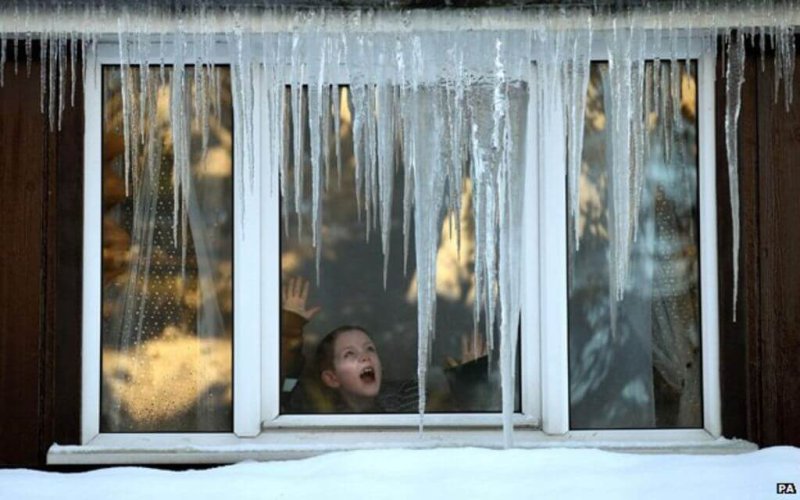It is obvious that in winter, indoor heating causes a difference between indoor and outdoor temperature. But what we are increasingly coming to understand is that by heating our buildings we are causing a reduction in the level of indoor relative humidity (RH), which has a significant impact on disease spread.
…
This comparatively moisture-free air provides a clear path for airborne particles of viruses such as SARS-CoV2, the pathogen that causes COVID-19. Warm, dry air also reduces the ability of our body’s cilia, which are hairlike projections on cells lining airways, to remove viral particles and prevent them from reaching the lungs. Finally, our own research indicates that the immune system’s ability to respond to pathogens is suppressed in drier environments.
As the COVID-19 pandemic continues through spring and into summer, this research could play a vital role in how we manage and ultimately overcome the disease. This is why I and others specializing in immunobiology and infection control are urging the scientific community to support our petition, which calls on the WHO to urgently put the link between indoor air humidity and the transmission of viruses, including SARS-CoV-2, at the front of the global health debate.































